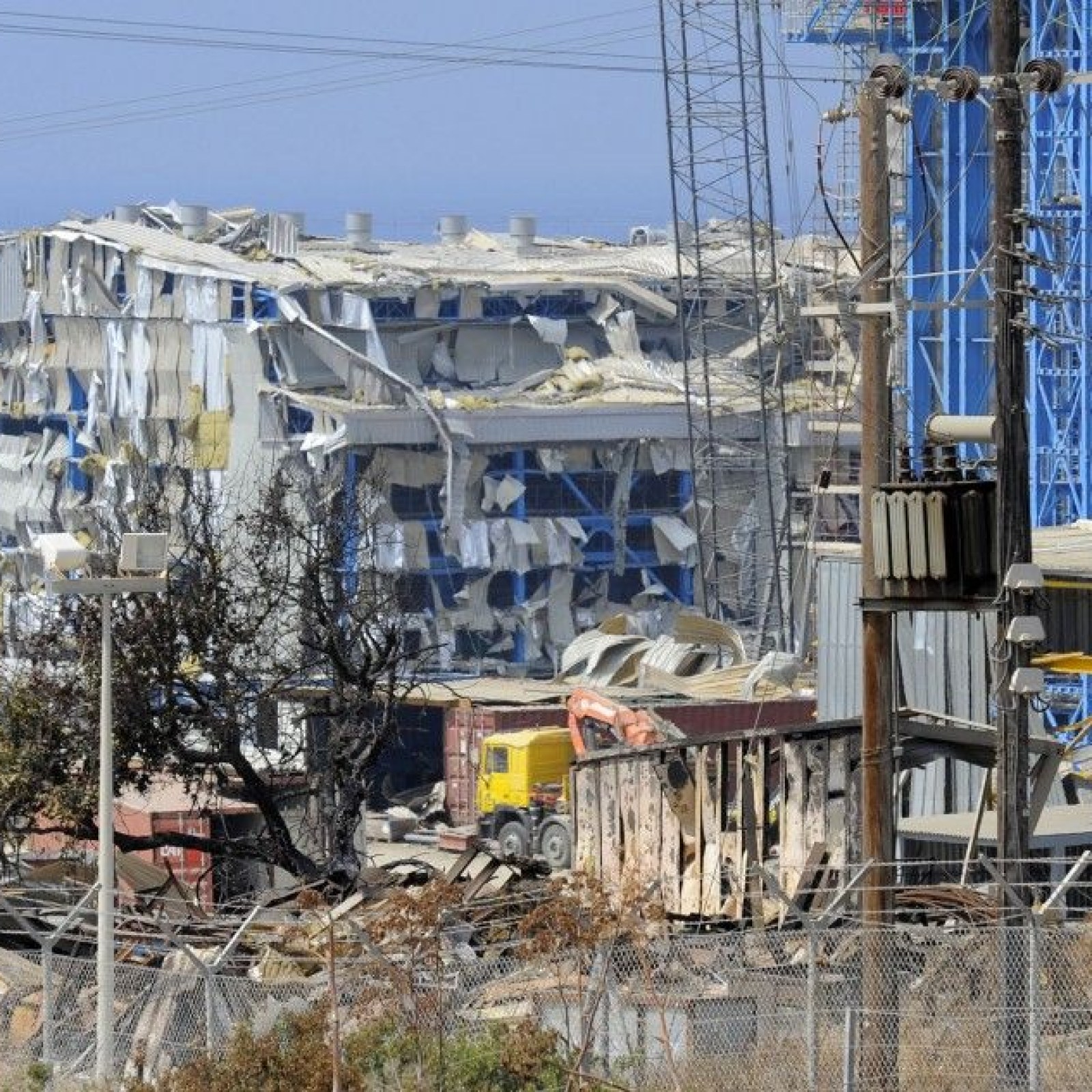
About Us
THE BAM PROJECT
Over the last decade, the construction works are ongoing, however only in the recent years the safety of such infrastructures has gained increasing attention, particularly the issues of fire, blast and impact.
This transformation in the mentality is attributed to a series of large fires and blast incidents (e.g. terrorism attacks) that have taken place in the last years, which have been responsible for dramatic incidents, which led to human casualties, major structural damages and serious consequences for the regional economies.
The existing materials either cannot offer protection against both circumstances or their cost is unaffordable.
The BAM project addresses these challenges, targeting to the design, development and validation of two new building materials, which will offer the appropriate resistance against blast, impact and fire, according to the relevant standards, considering that currently there is no such material that can offer both services.
Concept of BAM
The BAM project work plan consists of five (5) distinct Work Packages, implementing activities like material design and development, production and validation in laboratory environment and through an analytical method, management, exploitation and dissemination, and techno-economic analysis.
WP1 will deal with all the actions related to the coordination and management of the project activities, addressing all administrative issues among the Consortium and the Steering Committee of the project. WP2 will include all the activities related to the dissemination, exploitation and communication of the results. WP3 will deal with the design of the 2 new materials, i.e.: i) the HLM and ii) the SCGC and in WP4, the lab production of the 2 new materials, with 2 different methods will take place, i.e.: i) the conventional method of casting and ii) by 3D printing, including all the appropriate modifications of syntheses, in order to achieve the best possible production results. Additionally, in WP4 the validation of the new materials’ properties in the laboratory environment and also with an analytical method will take place. Finally, WP5 will include the techno-economic and cost-benefit analyses, aiming to evaluate the developed materials with both production methods, in terms of cost, efficiency and environmental impact.




